
Maritime Imagery
Episode 1
Whether in warships or life saving, Britain’s naval heritage has had a lasting impact on its currency for centuries. In this episode, explore the story of British naval history through coins of the past.
Long John Silver, treasure maps, X marks the spot, peg legs and parrots. These are just some of the images that come to mind when people mention the word ‘pirate’. How close do these images come to reality though? Throughout the episode the Museum team will look to bust some of the myths that have grown up around pirates and explore how popular culture, in the form of books and films, has shaped our preconceptions.
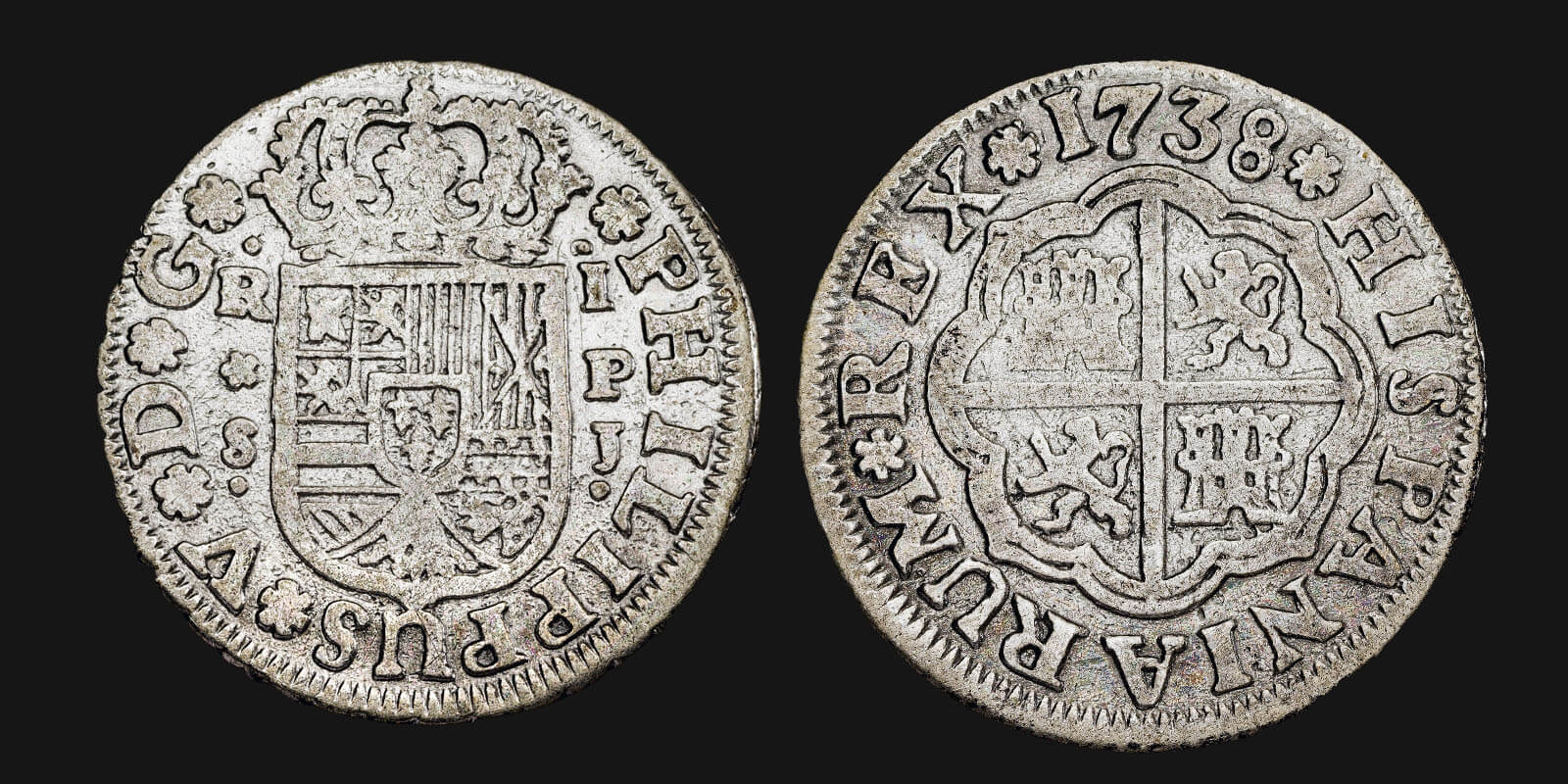
This 1728 Spanish Real would have been the sort of coin used for frequent trade in the Caribbean during the eighteenth century, owing to Spain’s early and extensive colonial presence there.
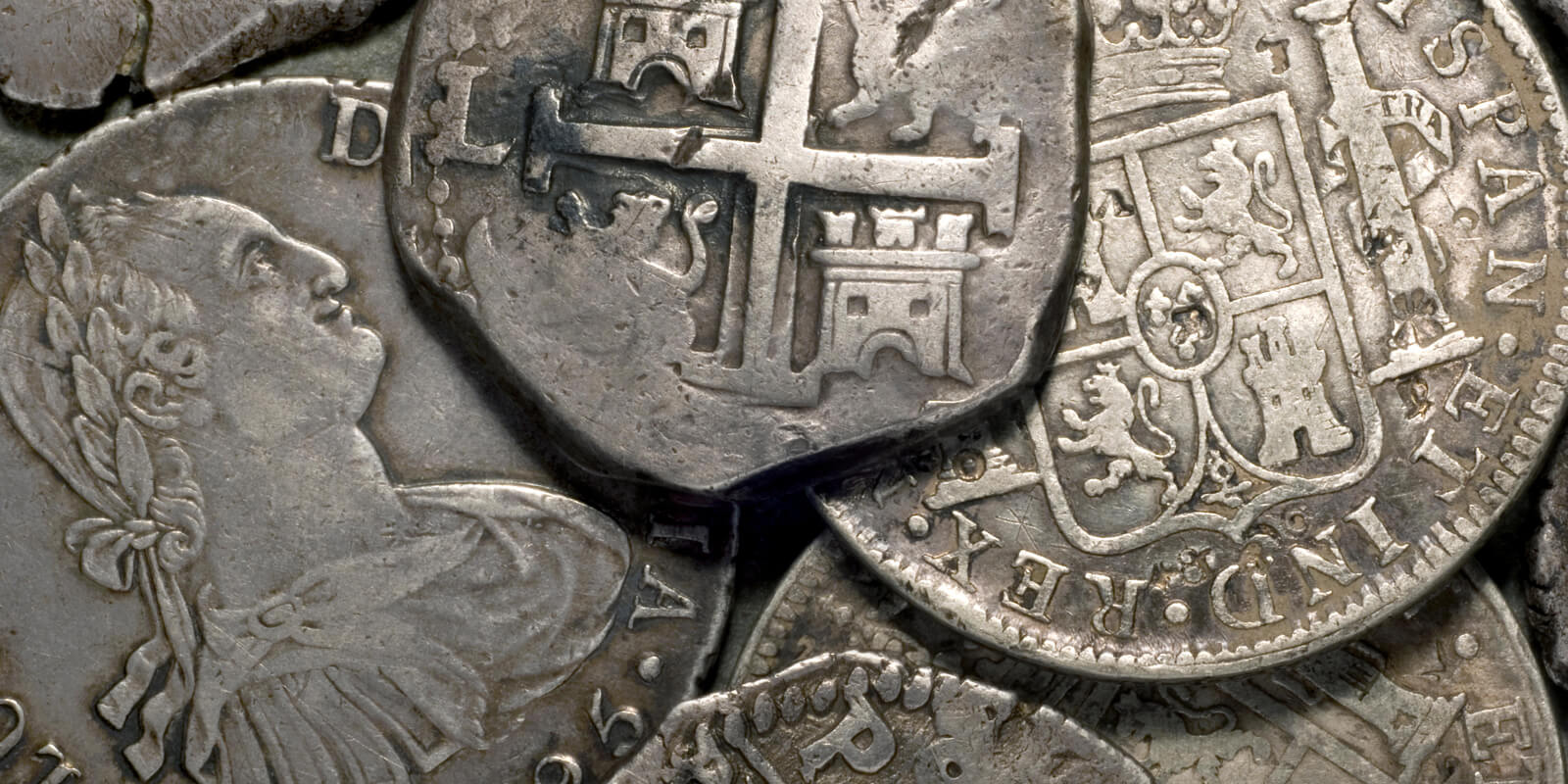
Spanish dollars would have circulated widely in the Caribbean. With a value of 8 Spanish Reals, they were sometimes known as ‘pieces of eight’. Image courtesy of Alamy
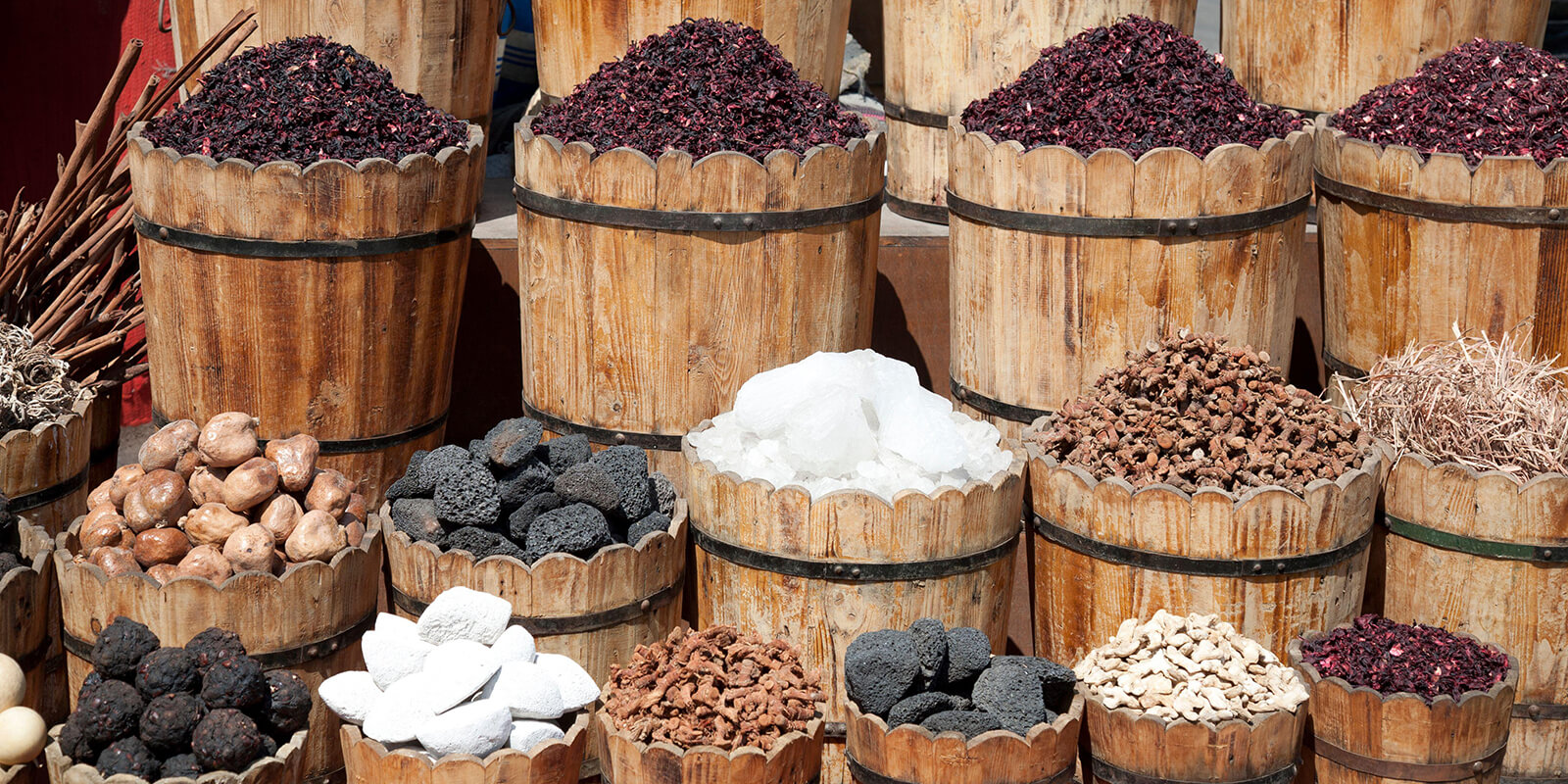
While the best possible result for a pirate might have been a chest of treasure, it was far more common for stolen goods to comprise the sort of items that were being regularly traded, such as cloth and spices, which would then be sold for profit at port. Image courtesy of Alamy.
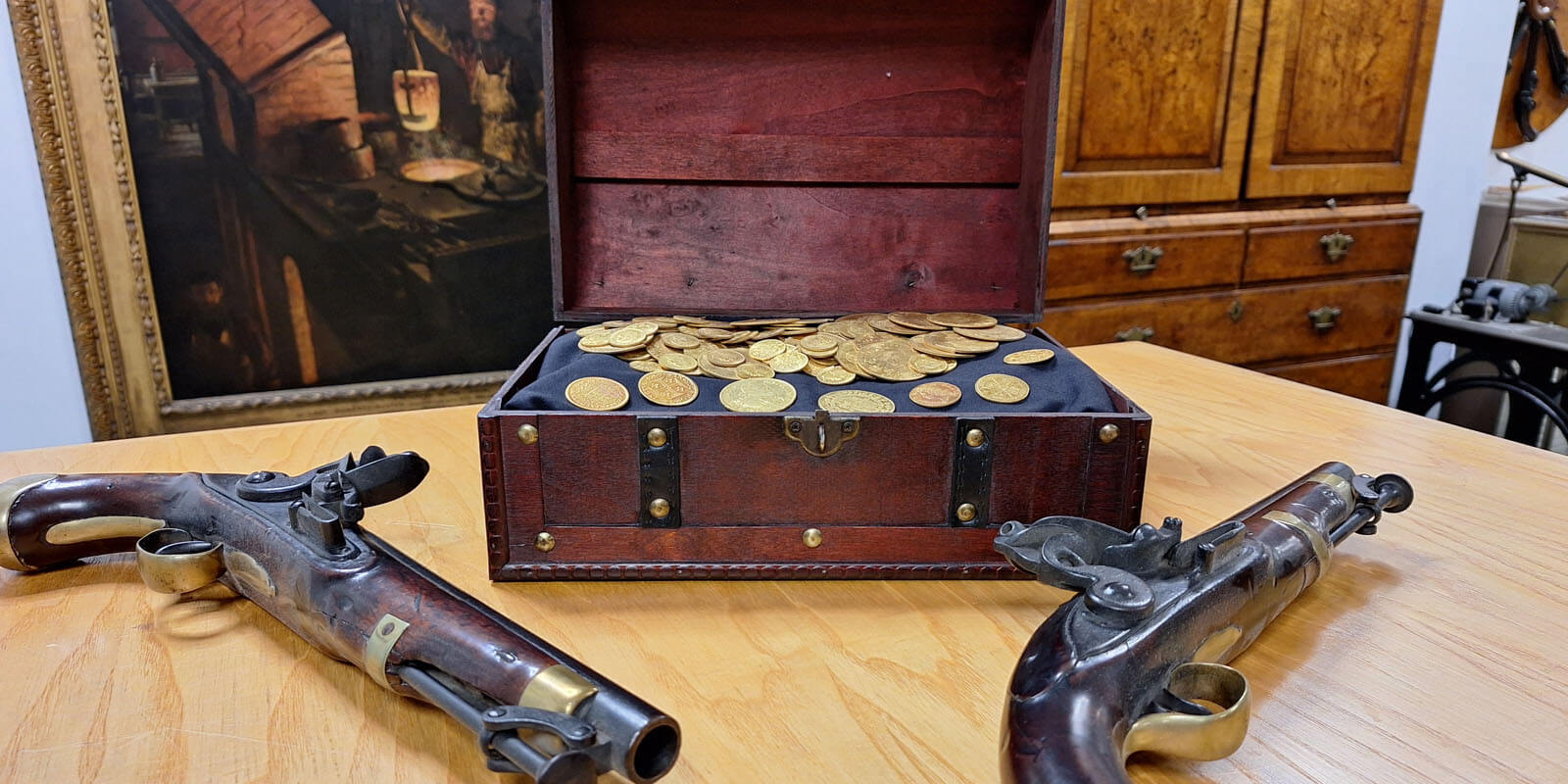
Modern pop-culture adaptations of pirate stories often show pirates in possession of great chests full of gold pieces. The reality was far less glamorous, though some coins have been found on shipwrecks of purported pirate vessels.
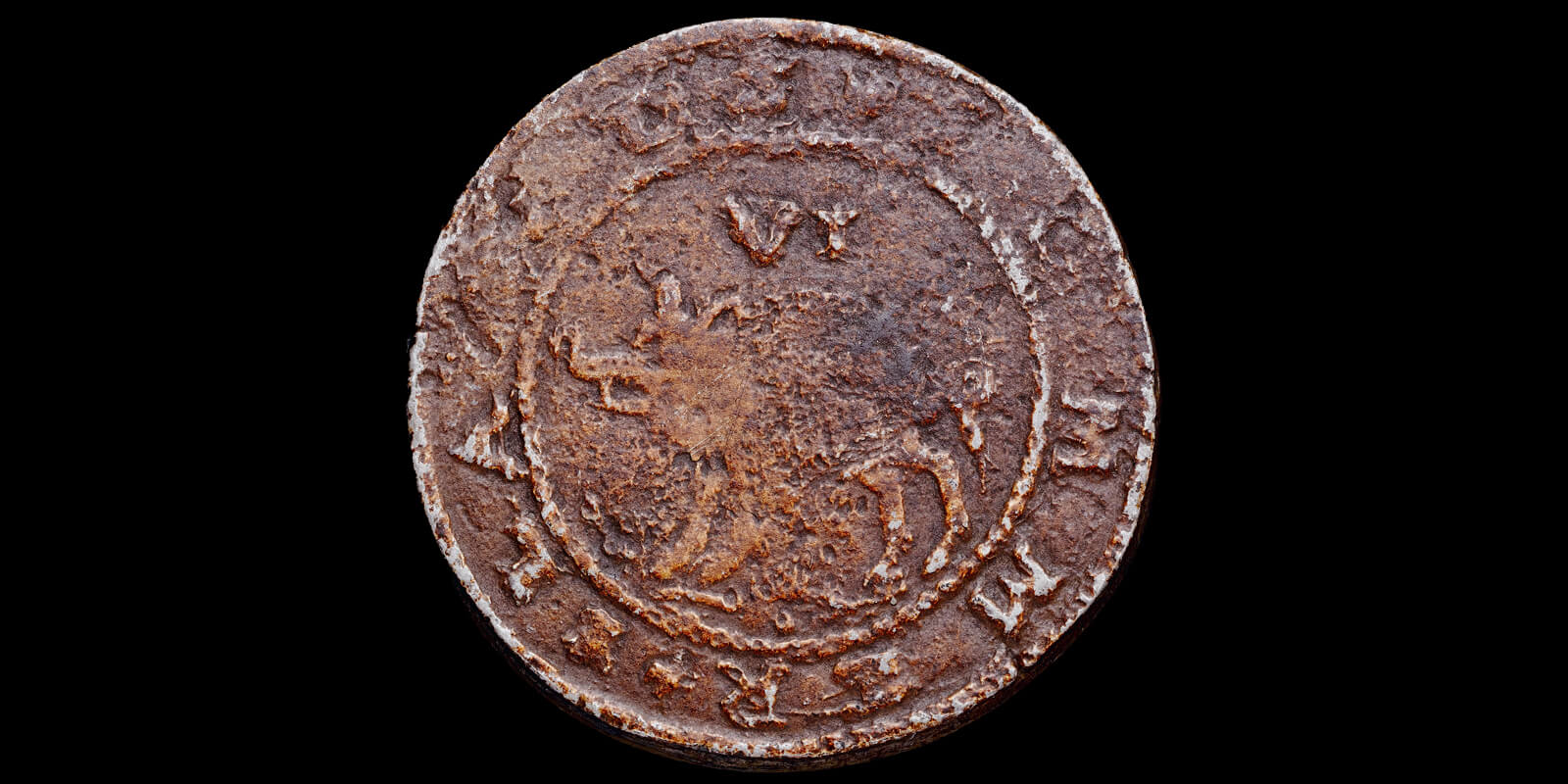
Hogge Money was an early-seventeenth-century currency struck for and introduced to the islands now known as Bermuda. A hog, or pig, features centrally, in reference to the wild boars found on the islands.
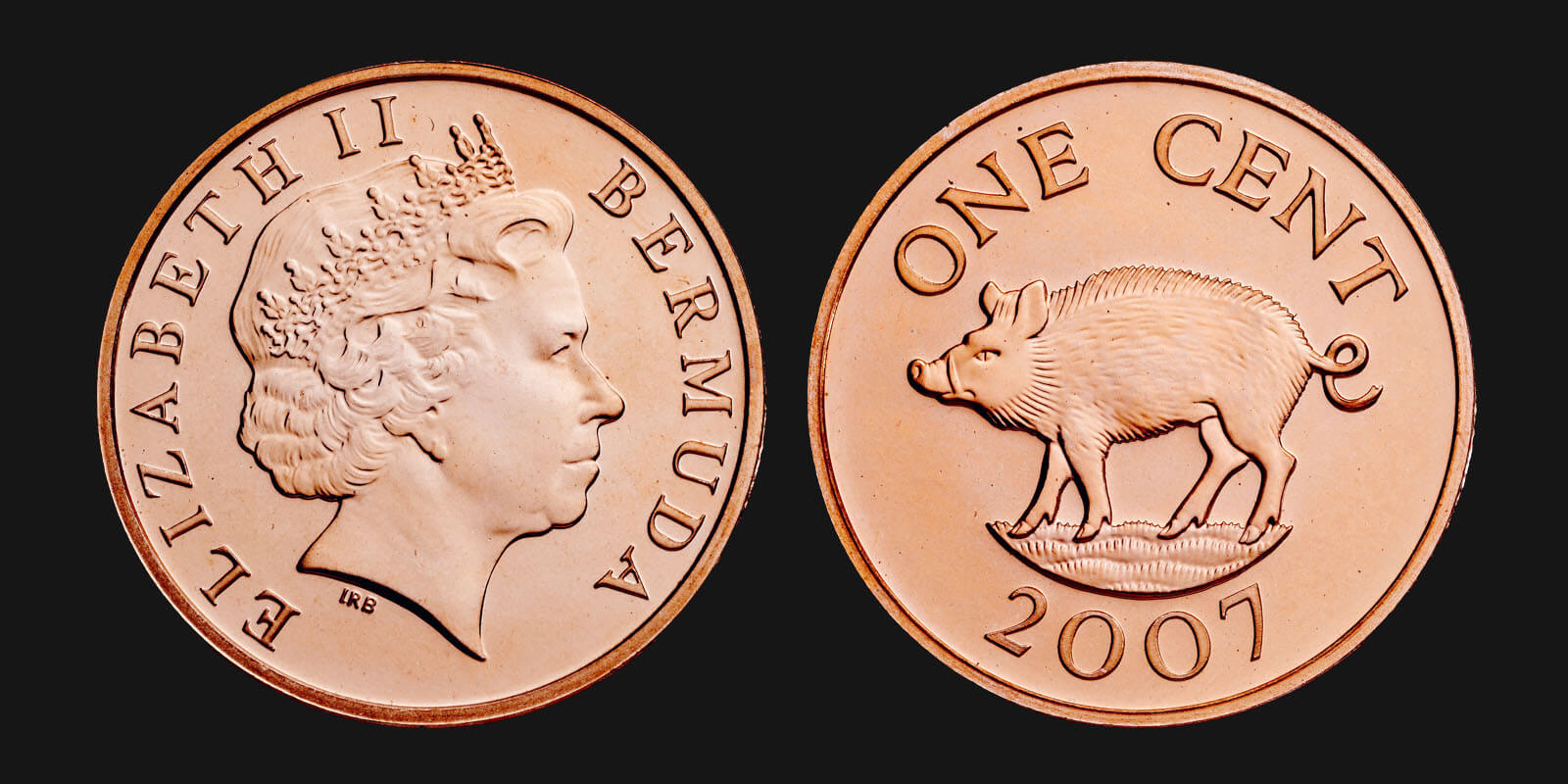
Many currencies today feature references to flora and fauna, or to historic currencies. The modern Bermuda one cent piece features a hog, in reference to the Hogge Money of the islands from centuries prior.
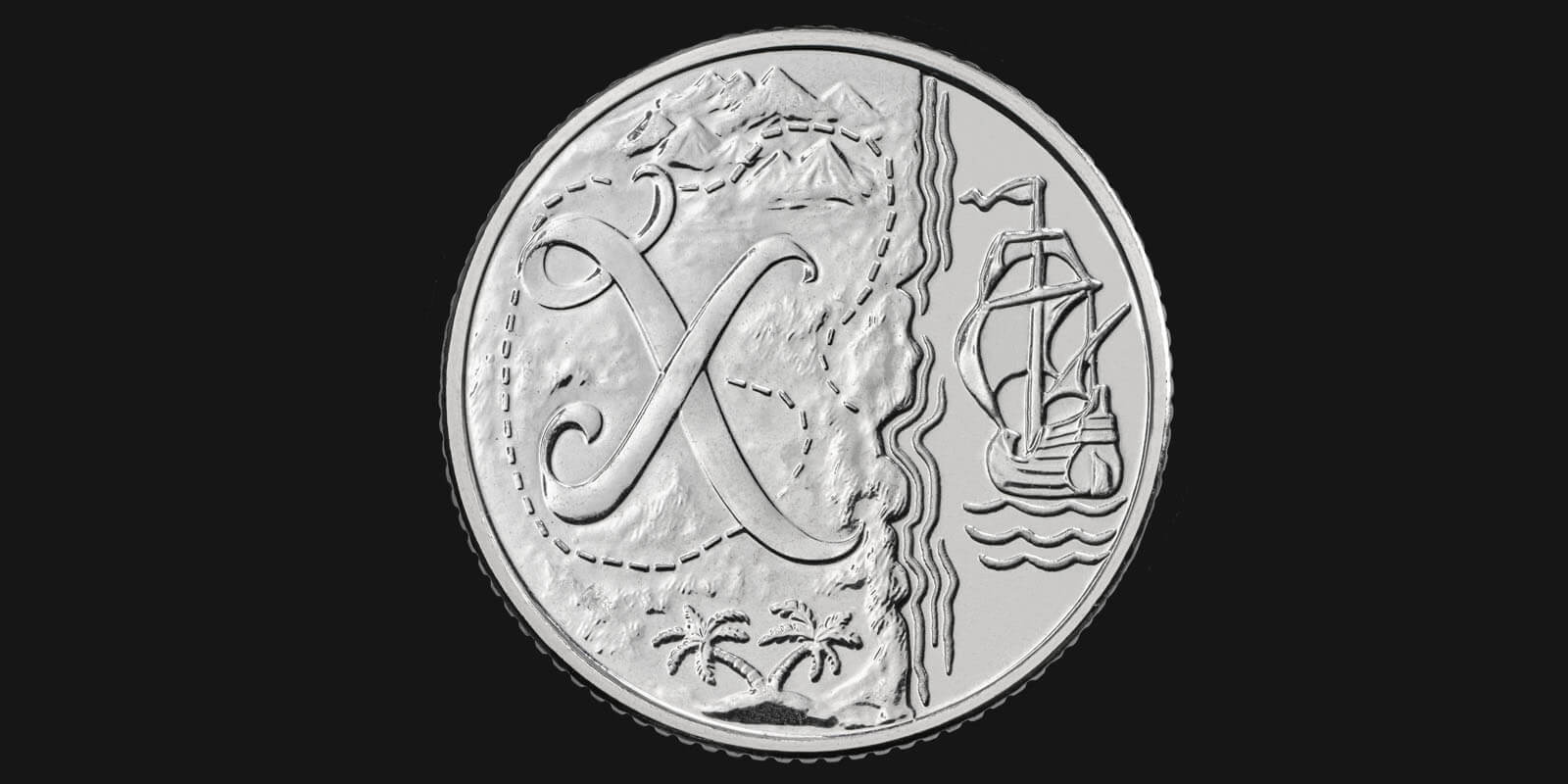
The Royal Mint struck a series of alphabet-themed ten pence pieces in 2018 for the Great British Coin Hunt. The entry for X was “X marks the spot” - a reference that was first popularised in Robert Louis Stevenson’s 1883 pirate adventure novel, ‘Treasure Island’.
Our guests in this episode were Sir Christopher Frayling, Dr Eric Nordgren (Cardiff University) and Dr Richard Blakemore (Reading University). The sea shanty at the end of our episode was courtesy of the crew of the Johanna Lucretia. Click here to find out more about them.
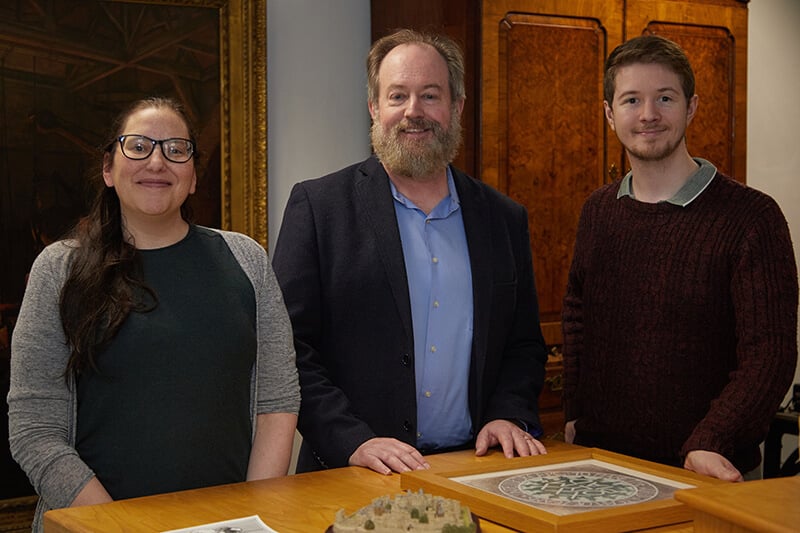
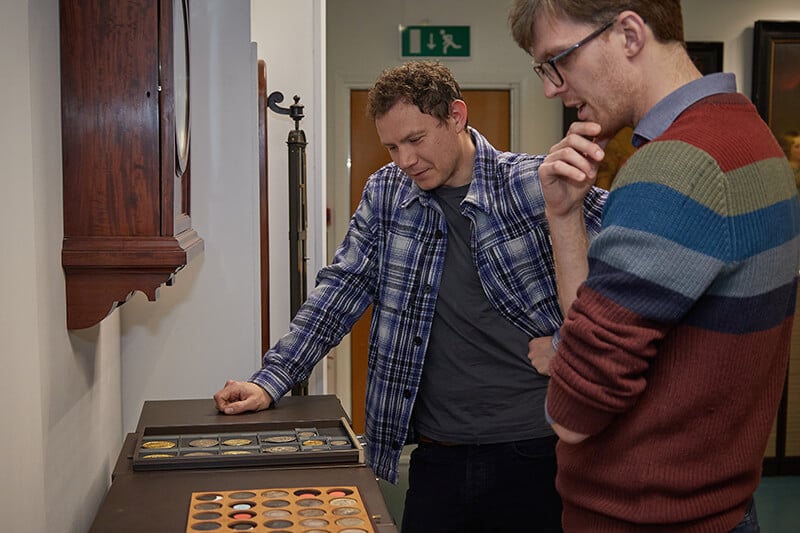
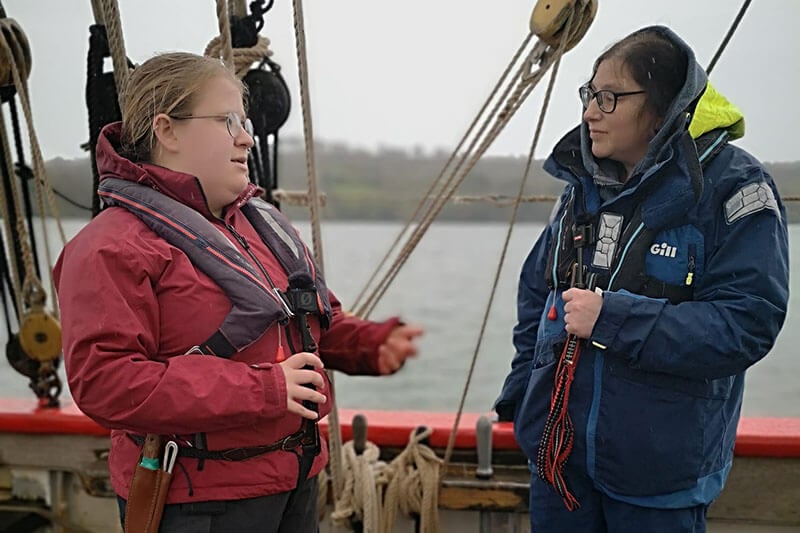
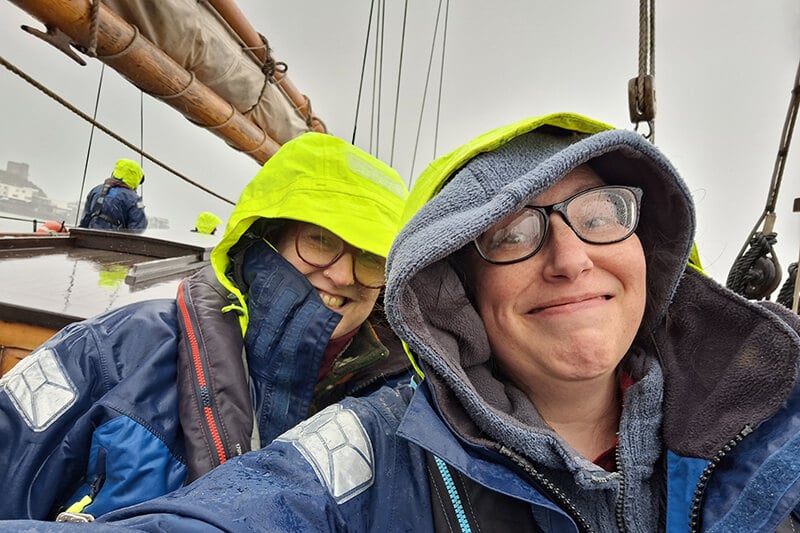
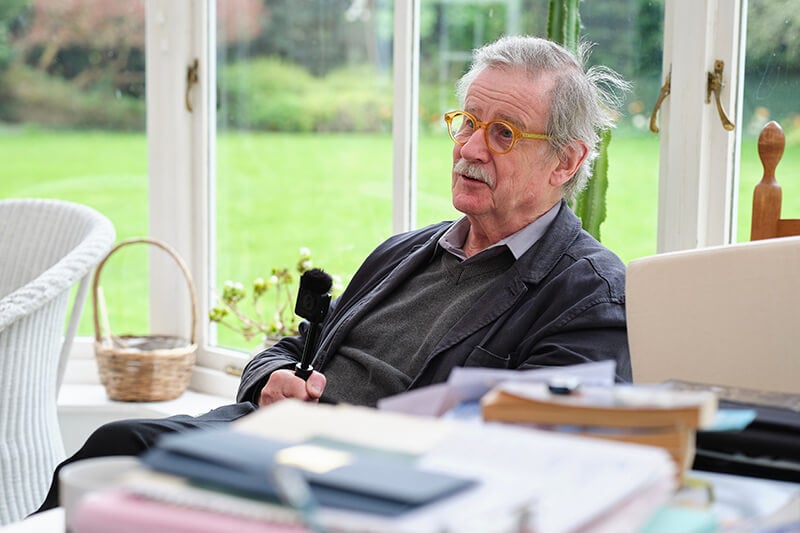
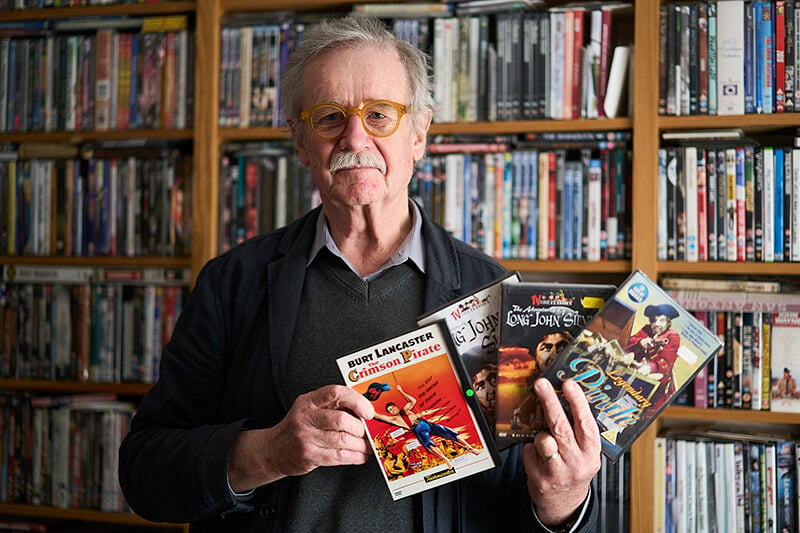
Coins like doubloons and pieces of eight, which have been popularised in modern pirate films, were real coins in use in the Caribbean during the golden age of piracy. Pirates in the seventeenth and eighteenth centuries would have used the same money as the legitimate traders who sailed to and from colonial ports, making profit by trading globally. Many of the gold and silver coins circulating around such ports would have been Spanish, owing to the Spanish Empire’s early and extensive colonisation. The 32-real gold doubloon was the premium denomination, along with the smaller silver 8-real Spanish dollar, more colloquially known as the ‘piece of eight’. But pirates would have happily sought, plundered, and traded for gold and silver coins of all nations, and it would not have been unusual for English, Dutch, Portuguese, and both English and Dutch East Indian Company coins to be used by pirates.
Piracy was less often an active choice and more frequently a path that regular law-abiding captains and seamen fell into. Legal definitions of acts like ‘piracy’ and ‘smuggling’ were fluid, and it was sometimes the case that a legitimate captain could find themselves in legal trouble upon their return home. Notable pirates like William Kidd were originally ‘privateers’: private captains who were commissioned by a government to fight a legally-sanctioned war, and who bore royal commissions to prove their loyalty. But the changing nature of warfare, and the difficulty of contacting a captain at sea, would sometimes result in privateers sinking, capturing or looting former enemy ships long after the conflict had ended - knowingly or otherwise! Solme privateer or pirate captains may have had noble upbringings or lengthy naval careers, but many of the individuals crewing their ships may not have been so lucky. Pirate crews would often be crewmen from privateer ships, captured seamen from trading vessels, or freed or captured slaves from slave trading ships.
‘Pieces of eight’ are well known pirate coins, which actually existed as real circulating coins around the world. More officially known as the Spanish Dollar, these silver coins were worth eight reals, and were the most commonly used currency in the Spanish Empire at its height. Like other Western European nations, the Spanish Empire colonised large parts of the Americas, Africa, and South Asia, which included silver-producing parts of South and Central America. The resulting influx of Spanish silver led to the Spanish Dollar, or ‘piece of eight’ after its eight real value, becoming commonplace throughout the colonial ports Spain established and traded with. These ports, through which trade flowed, became places where piracy developed most strongly, such as the Straits of Malacca and the Caribbean. Therefore, while pirates looted and traded in all manner of currencies and goods, it is the iconic ‘piece of eight’ that survives in modern culture as the quintessential pirate coin.
Episode 1
Whether in warships or life saving, Britain’s naval heritage has had a lasting impact on its currency for centuries. In this episode, explore the story of British naval history through coins of the past.
Episode 2
From pub signs to punk art, the robed and armed female figure of Britannia permeates British identity. Find out how this Classical figure developed through coinage and medallic art to become a figure of the nation.
Episode 3
The golden age of sail gave way to a world of global trade, where gold and silver could be sailed internationally for vast profit. Explore how the money made from and used for this trade shaped British history.

